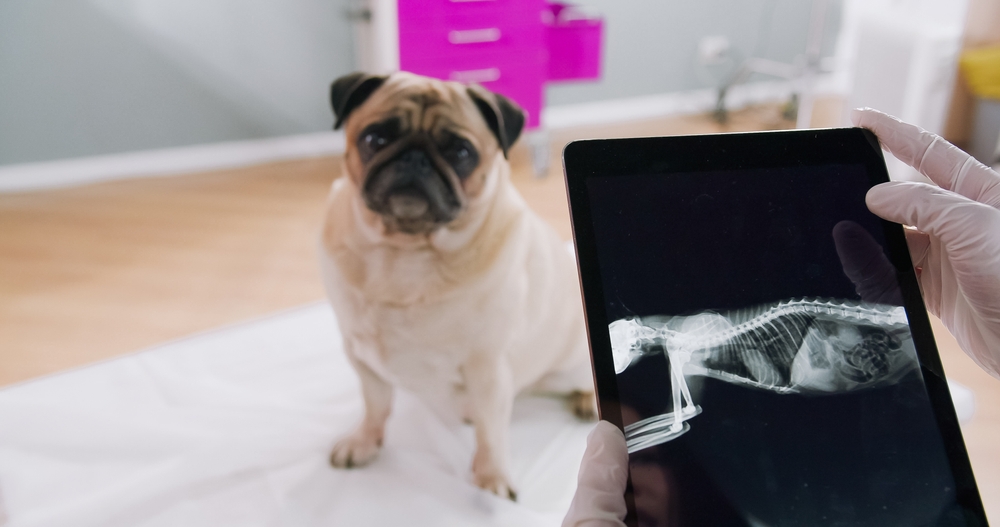
When your pet isn’t feeling well, diagnostic tools like X-rays and ultrasounds play a vital role in helping veterinarians determine what’s going on inside their body. These non-invasive imaging tests can reveal many issues, from foreign objects to organ irregularities. However, there are times when these tests don’t provide enough information to reach a definitive diagnosis. That’s when exploratory surgery becomes a crucial next step.
What Is Exploratory Surgery?
Exploratory surgery is a surgical procedure that allows veterinarians to look directly inside your pet’s abdomen to identify the cause of illness or discomfort. During this procedure, the veterinarian carefully examines internal organs such as the stomach, intestines, liver, spleen, and pancreas to identify abnormalities that might not appear on imaging tests.
When Is Exploratory Surgery Recommended?
While X-rays and ultrasounds can show structural issues, they don’t always reveal everything. Your veterinarian may recommend exploratory surgery if your pet:
• Has chronic vomiting, diarrhea, or abdominal pain without a clear diagnosis
• Ingested a foreign object not visible on imaging
• Shows signs of internal bleeding or organ rupture
• Has a suspected mass or tumor that requires a tissue biopsy
• Is experiencing unexplained weight loss, lethargy, or behavioral changes
This procedure allows for both diagnosis and treatment - your veterinarian can often correct the problem during the same surgery.
The Benefits of Exploratory Surgery
Exploratory surgery can be lifesaving for pets when other diagnostic tools fall short. It provides:
• Definitive answers by allowing direct visualization of internal organs
• Immediate treatment for issues like blockages or internal bleeding
• Tissue samples that can be sent for laboratory testing to confirm disease
• Peace of mind for pet owners who finally get clear answers
What to Expect During and After Surgery
Your pet will be placed under general anesthesia for the procedure, ensuring they remain comfortable and pain-free. The surgery typically lasts one to two hours, depending on findings.
Afterward, your pet will be closely monitored as they recover. Most pets stay in the hospital for observation, receiving pain management and supportive care before returning home.
Recovery at home involves rest, limited activity, and careful monitoring of the incision site. Your veterinarian will provide detailed post-operative instructions to promote healing and minimize complications.
Expert Pet Surgery in Temple
At Animal Emergency Center of Temple-Belton, we perform exploratory surgeries with the highest level of care and precision. Our advanced diagnostic and surgical capabilities allow us to identify and treat underlying issues effectively, helping your pet return to good health as quickly as possible.
If your pet is showing concerning symptoms and diagnostic tests haven’t revealed the cause, contact Animal Emergency Center of Temple-Belton to learn more about exploratory surgery. Visit our office in Temple, Texas, or call (254) 231-3774 today.







